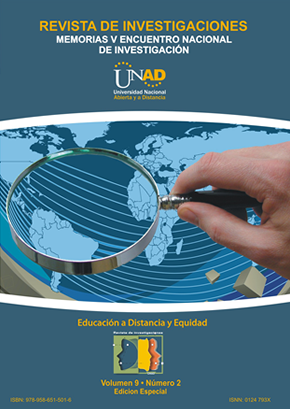Cuando la REVISTA DE INVESTIGACIONES UNAD recibe la postulación de un original por parte de su autor, ya sea a través de correo electrónico o postal, considera que puede publicarse en formatos físicos y/o electrónicos y facilitar su inclusión en bases de datos, hemerotecas y demás sistemas y procesos de indexación. REVISTA DE INVESTIGACIONES UNAD autoriza la reproducción y citación del material de la revista, siempre y cuando se indique de manera explícita el nombre de la revista, los autores, el título del artículo, volumen, número y páginas. Las ideas y conceptos expresados en los artículos son responsabilidad de los autores y en ningún caso reflejan las políticas institucionales de la UNAD
Segunda fase de la evaluación comparativa de los pastos maralfalfa, elefante verde y morado en el municipio de Pitalito, Huila (Colombia)
The second phase of benchmarking Maralfalfa grass (Pennissetum sp) in Pitalito aimed to assess the yields of biomass production and nutritional value and compare the data with information reported in the literature and research, the elephant grass green (Pennissetum purpureum) Purple Elephant (Pennissetum purpureum) and Maralfalfa (Pennissetum sp) during the second, third and fourth cuts in the Villa Clara farm in the municipality of Pitalito, Huila (Colombia).
The methodology was the use of some experimental plots that were installed for the first phase of the study, collected field data in newspapers, forage samples were taken to send to the laboratory, he summoned these results, it was consultations internet and literature, data were analyzed, there was discussion about the results and conclusions drawn.
Major findings and conclusions were: the crop biomass production increases in each successive cut, the largest amount of green forage grass was green Elephant (Pennissetum purpureum), probably because of its better adaptation to local environmental conditions, the nutrient content, especially the crude protein was lower in the grass Maralfalfa (Pennissetum sp), probably due to a species being improved seed was obtained from successive generations, resulting in decreased quality of plant material. As a recommendation to livestock producers in the municipality of Pitalito Huila can say that it is better to work with the green elephant species (Pennissetum purpureum) for their excellent adaptation and resistance to both environmental conditions and the handling given to the crop.




